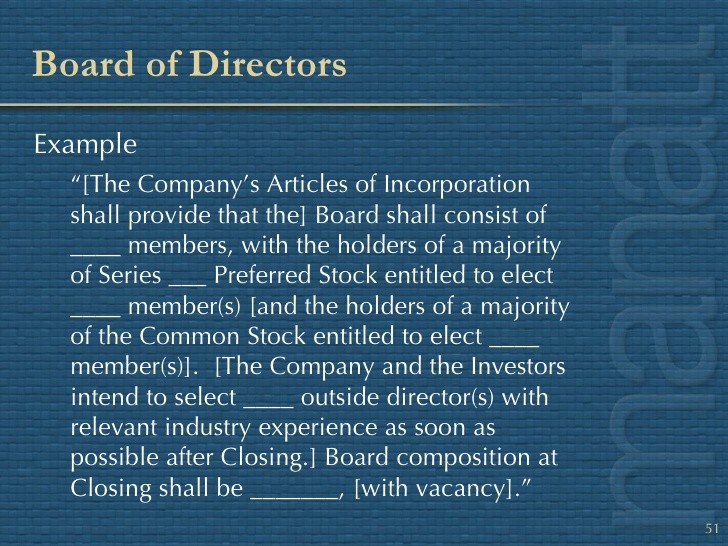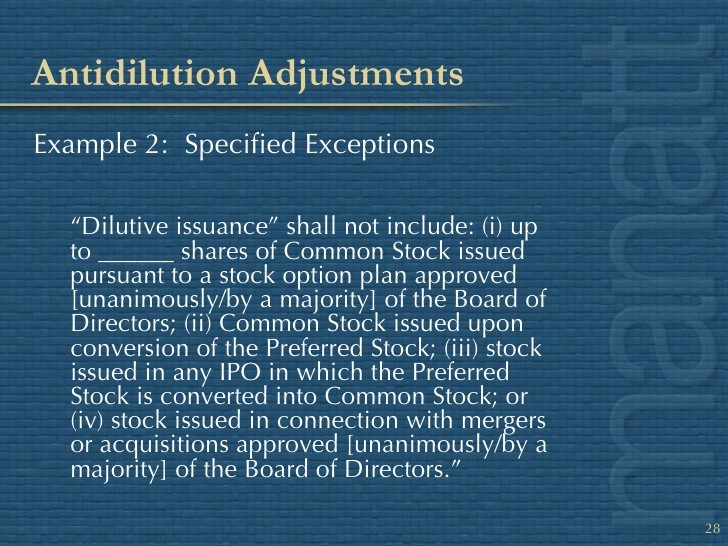The Preferred Stock Portfolio (PREFS) Message Board
Post on: 16 Март, 2015 No Comment

Introduction
Preferred stock is a specific type of stock which has very different characteristics from common stock . Like common stock, proceeds from the sale of preferred stock are recorded by the company on its balance sheet as equity ; or, an ownership interest. For all practical purposes, however, investors consider preferred stocks to be another type of debt security ; specifically, one which normally pays a fixed return in the form of quarterly dividends instead of semi-annual interest payments, as some bonds do.
Because preferred stocks are, in fact, equity instruments, they have three important differences from bonds. First, they are junior to the companys debt obligations. Every security that a company issues has a specific ranking order, from the most senior to the most junior. In the event that the company doesnt generate enough cash to service all of its debts, this ranking order will determine who receives payment first. Interest payments are made first to the most senior debt holder, then to the next, and so on until the available cash is exhausted. Being company ownership, common stocks are always the most junior securities, with preferred stocks ranking between the most junior debt security and the companys common stock.
Second, unlike debt instruments, the company isnt legally obligated to make dividend payments to its preferred stockholders. Missing an interest payment on a bond will cause a default because it is a debt. Bondholders can then claim breach of contract and force the company into involuntary bankruptcy. They can also have the companys board of directors or management team replaced. Missing a dividend payment, however, is not a breach of contract and, thus, will not cause a default. A company will usually strive to make its dividend payments to preferred stockholders nonetheless, because generally, the company is prohibited from making dividend payments to its common stockholders as well as to company managers until its preferred stockholders have been paid.
The third difference between preferred stocks and bonds is that dividends dont accrue between dividend payment dates. When bonds trade, they trade with accrued interest. An investor who buys a bond between interest payment dates must pay the seller not only the price of the bond, but also the interest that the bond has earned since the last interest payment date. Preferred stocks do not trade with accrued dividends. When an investor buys a preferred stock between dividend payment dates, the seller is not entitled to receive a partial or prorated dividend amount. Whoever owns the stock on the ownership day of record, known as the ex-dividend day. is entitled to receive any dividend payment, regardless of how long that investor has owned the stock.
Companies issue preferred stocks in order to strengthen their balance sheets. Since the proceeds from preferred stock sales are considered equity, they also improve the issuing companys debt-to-equity ratio. Companies need to enhance their balance sheets for several reasons: to avoid violating the covenants of their loan agreements; to meet legally mandated debt-to-equity ratios (for regulated industries such as banking or insurance); and to provide the capital thats necessary to support their expansion plans. While the issuance of either preferred or common stock will strengthen the balance sheet, preferred stocks must provide their investors higher dividends than common stocks because preferred stocks dont offer the opportunity to share in the companys growth. This is so that the company doesnt dilute the ownership interest of the current common stockholders by the issuance of preferred stock.
Within the vast spectrum of financial instruments, preferred stocks occupy a unique place. Because of their characteristics, they straddle the line between stocks and bonds. Technically, they are equity securities, but they share many characteristics with debt instruments. Some investment commentators refer to them as hybrid securities .
Basic Valuation Technique for Preferred Stock
Preferred stock is similar to common stock in that it entitles its owners to receive dividends which the firm must pay out of after-tax income. Moreover, the use of preferred stock as a source of financing does not increase the probability of bankruptcy for the firm. However, like the coupon payments on debt, the dividends on preferred stock are generally fixed. Also, the claims of the preferred stockholders against the assets of the firm are fixed as are the claims of the debtholders.
Preferred stock has the following features:
Par Value The par value represents the claim of the preferred stockholder against the value of the firm.

Preferred Dividend / Preferred Dividend Rate The preferred dividend rate is expressed as a percentage of the par value of the preferred stock. The annual preferred dividend is determined by multiplying the preferred dividend rate times the par value of the preferred stock.
Since the preferred dividends are generally fixed, preferred stock can be valued as a constant growth stock with a dividend growth rate equal to zero. Thus, the price of a share of preferred stock can be determined using the following equation:
where
- Pp = the preferred stock price,
- Dp = the preferred dividend, and
- r = the required return on the stock.
Preferred Stock Valuation Example














